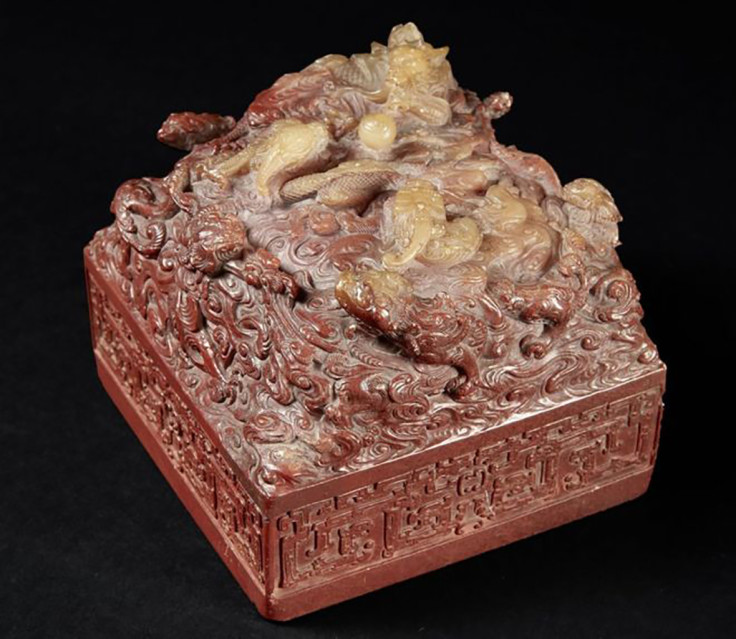18th century Chinese imperial seal sold for €21m in Paris
The stamp was one of hundreds owned by Emperor Qianlong, one of the longest serving Chinese monarch.

An 18th century Chinese imperial seal, auctioned on Wednesday, 14 December for €21m (£18m, $22m), fetched over 20 times its expected price. Drouot auction house, where sale took place, said that the palm-sized stamp was sold to an unidentified Chinese collector in Paris after a heated bidding war.
Art experts were expecting the royal seal to be sold for between €800,000 and €1m, Alice Jossaume, Asian art expert, told AFP news agency after the iconic bidding.
The auction house said that the stamp, which was made of red and white steatite – a type of mineral rock – was used by Emperor Qianlong (1736-1795), who was the second longest serving monarch in Chinese history. It was also one among the hundreds of seals owned by the royal leader and broke the record of another stamp that was auctioned in 2011 for €14m.
Reports suggested that the stamp has nine dragons signifying masculinity and the imperial authority. It was earlier held by a young French naval doctor, who visited China in the late 19th Century, and had settled there with his family ever since.
Emperor Qianlong – best known for his artwork – liked to use seals and stamps to sign his works, and specially made some for their intricate craftsmanship, Drouot said.
The auction house added that more than 1,800 Qianlong seals were made during his reign out of which 700 disappeared; while, the remaining 1,000 were preserved by China's Palace Museum in Beijing's Forbidden City.
© Copyright IBTimes 2025. All rights reserved.



















